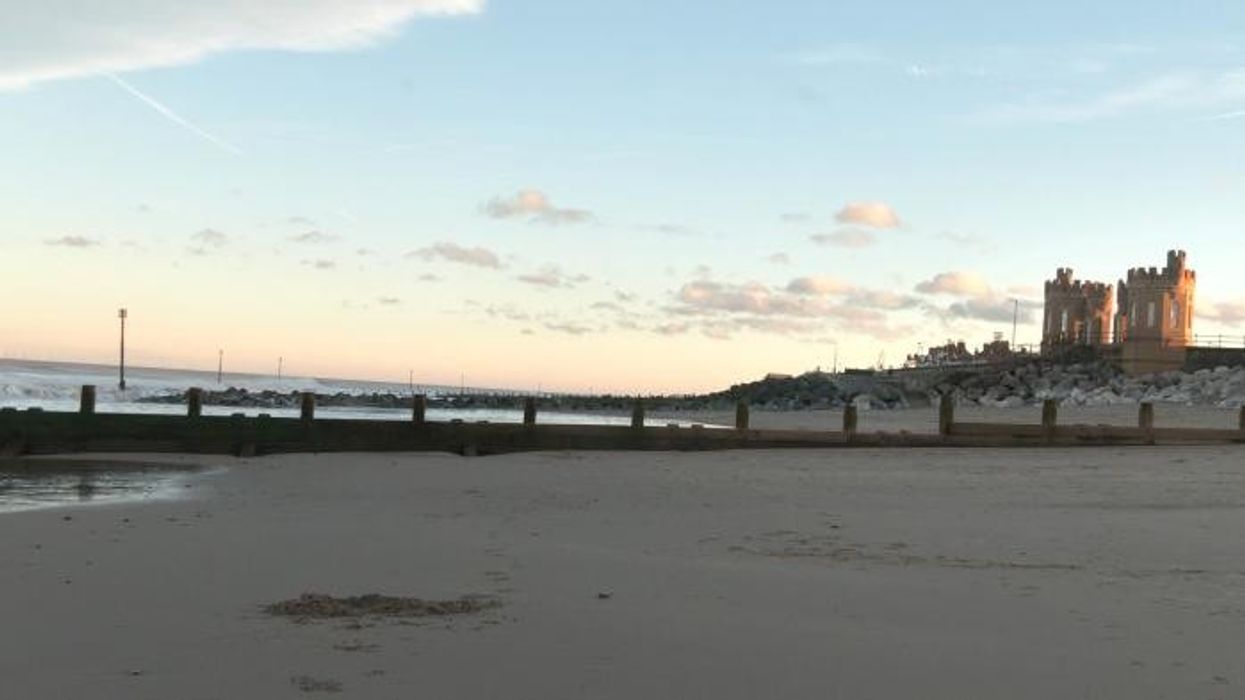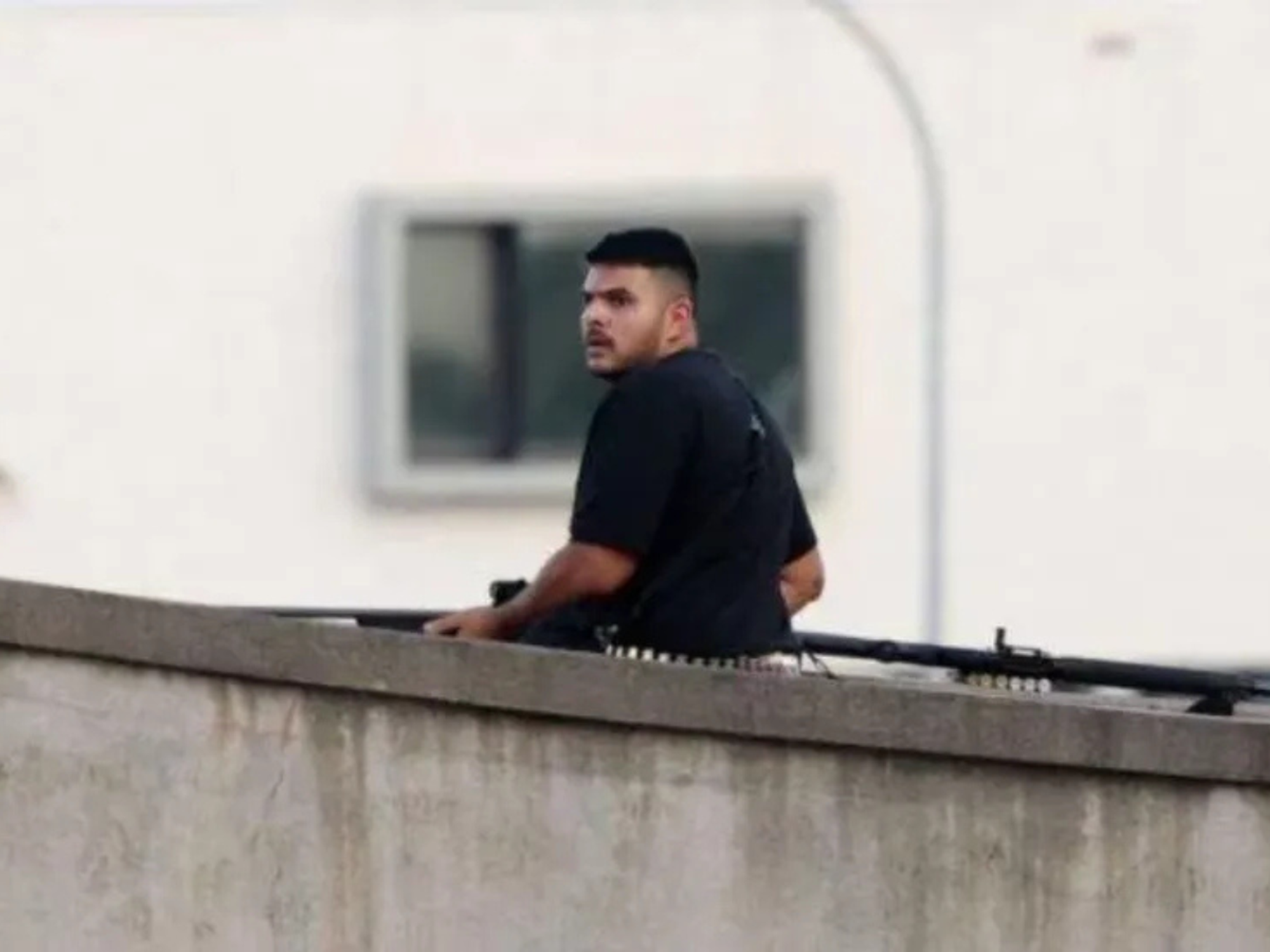‘It’s too dangerous!’ Locals express fear over plans for major nuclear waste disposal site

One local expressed fears over the impact of a fast-eroding coastline
Don't Miss
Most Read
A community in East Yorkshire has expressed concern over plans to bury radioactive nuclear waste in their region.
South Holderness is a rural area of coast and farmland, spanning across towns, villages and hamlets and due to the type of rocks below the surface, it’s being considered as a potential site for a Geological Disposal Facility (GDF).
Under plans currently being considered, a series of vaults and tunnels deep underground, or under the sea, could be built to safely bury and contain Britain’s radioactive nuclear waste as it decays over centuries.
Nuclear power accounts for around a fifth of the UK's electricity generation and waste matter from it is also produced by several major British sectors including medicine, defence, industry and research, which all require the material to be stored safely and securely.
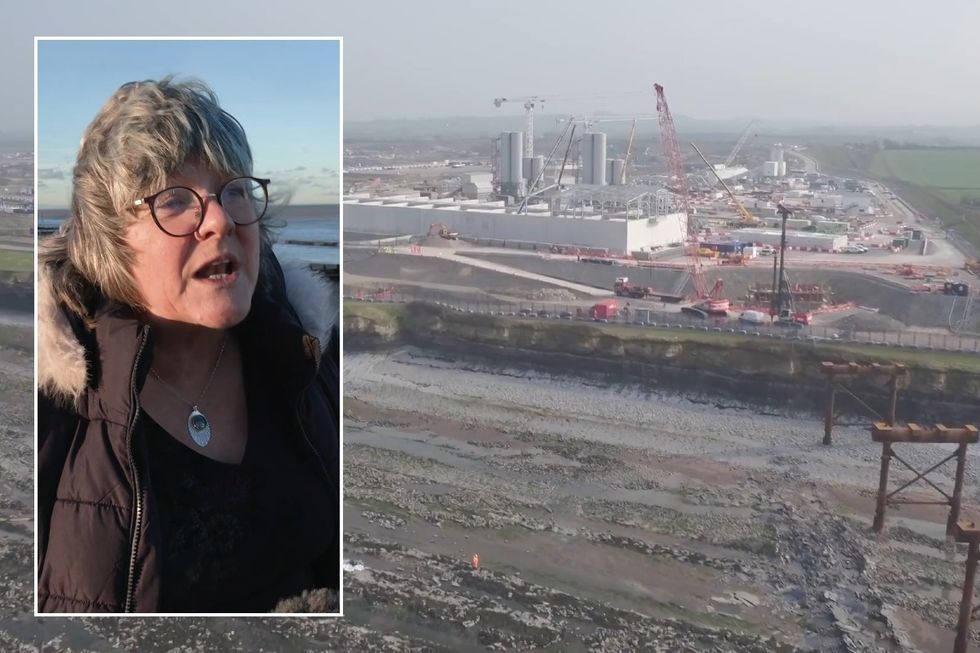
Yorkshire locals have expressed fears over the plans
|GB News
Nuclear Waste Services is considering the potential for South Holderness to house a GDF, along with sites in Cumbria and Lincolnshire.
Steve Reece is the Head of Siting for the Government agency and says that GDFs are the safest and only internationally-accepted way to manage radioactive waste in the long term.
He told GB News: “When you look around the world at countries that have got nuclear waste, they are adopting deep geological disposal, deep in the ground for the long-term management, so that we don’t have to continue building and replacing surface stores all of the time.
“And that’s really what we’re looking for and it’s fairly uniform under the South Holderness area from what we currently understand.”
LATEST DEVELOPMENTS: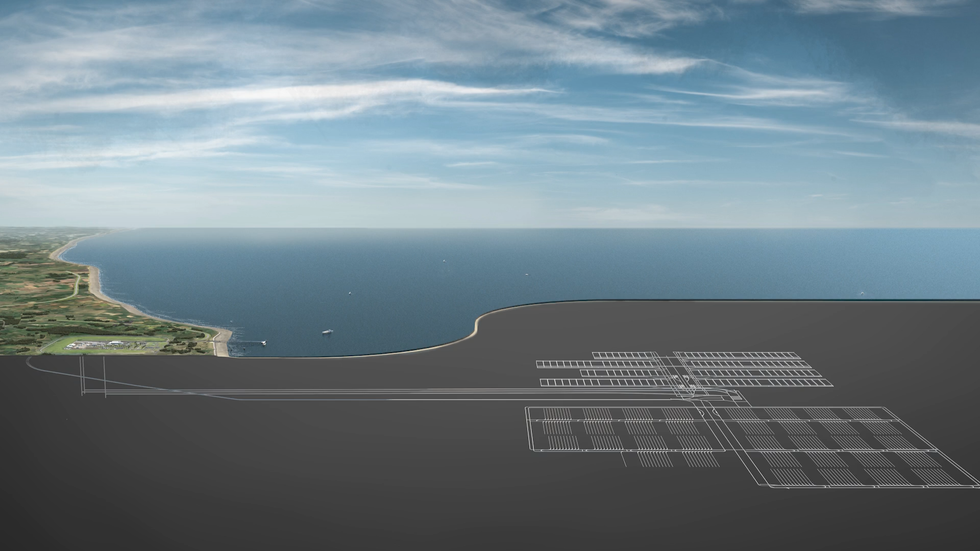
Plans for the Geological Disposal Facility
|GB News
The facility could create up to 4,000 direct and indirect jobs during construction and up to 2,000 during its operation, along with apprenticeship schemes and training.
If a decision is made to draw up detailed plans for the site, the area could be given up to £2.5million a year in funding.
But Nuclear Waste Services are keen to stress that the facility will only be built with the express consent of the community.
A working group has been set up to engage with locals through a series of public events. GB News spoke to locals who had attended an event in Withernsea.
Some people saw benefits to the scheme, where most of the waste will come from Sellafield, over 200 miles away, but others still had concerns.
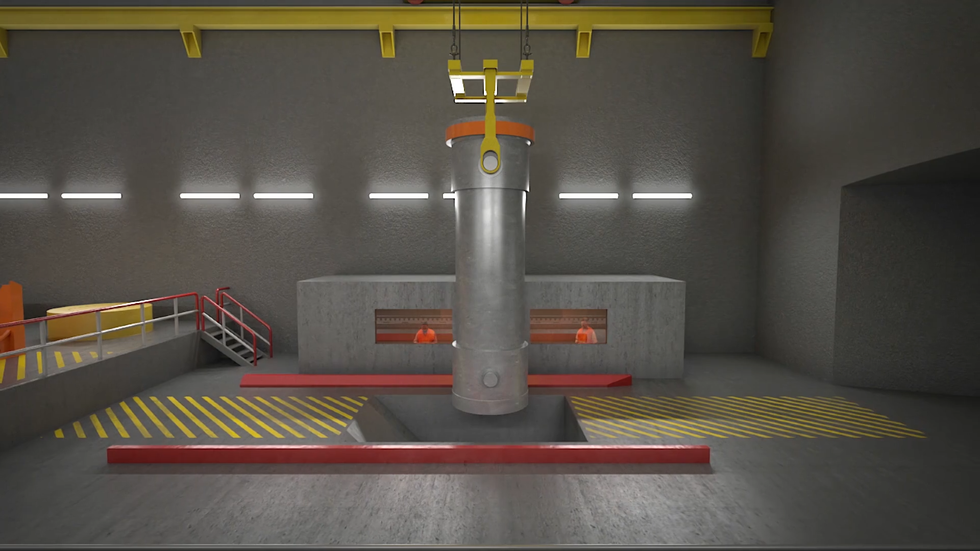
Nuclear waste would be stored underground to decompose safely over the coming centuries
|GB News
Jon Dimberline told GB News: “It could be good if it had the right control. It’s whether people, including me, can believe this is 100 per cent safe.”
Jaqueline Wilson said: “I do agree they need to put it somewhere, but why here? On a coast where it’s eroding quickly, a lot faster than anybody thought it would.”
Jeff Bilborough added: “Properties will be given away – nobody will want to live near or on top of this facility, it is too dangerous.
“I’d be much happier if somebody suggested and proposed that it went somewhere within the M25, seeing as most of the government money seems to get spent within that ring.”
Lynn Massey-Davis is a campaigner for South Holderness GDF Action, a group strongly opposed to the disposal of nuclear waste in this part of the UK.
She said: “This is a rural economy, it’s not an industrial economy. There are places that actually want that, where they’ve got so-called, and this is their terminology, not mine, ‘nuclear communities’.
“We are not a nuclear community, we do not want to be a nuclear community.
“We need small businesses, we need prosperous farms, we need tourism and leisure, that’s what we need investment in.”
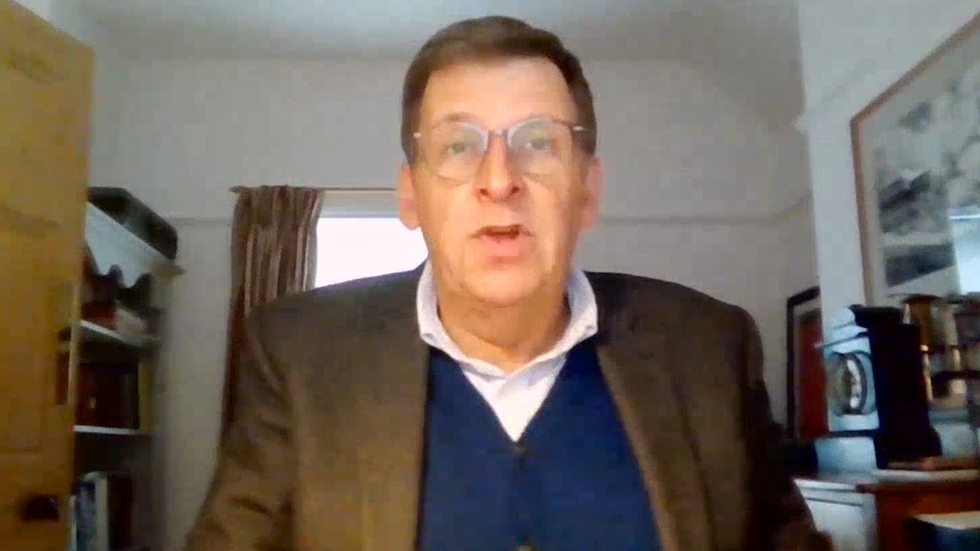
Steve Reece is the Head of Siting for Nuclear Waste Services
|GB News
Conservative MP for Beverley and Holderness and Climate Minister Graham Stuart is calling for a referendum on the scheme before plans progress.
He told GB News: “There must be a vote, a nuclear vote for Holderness, local people must decide, and if we get that cast-iron, copper-bottomed guarantee, then people can relax a little, listen to the arguments, but make sure that this process is something which benefits this area and doesn’t just cost us.
“Whether it’s in blighted house prices or putting fear into people’s minds that they may have something fundamentally unsafe put under them.
“I’m going to campaign until I can get the assurance from them that they guarantee a plebiscite for local people here in Holderness. If we’re going to host it, let the people here decide.”
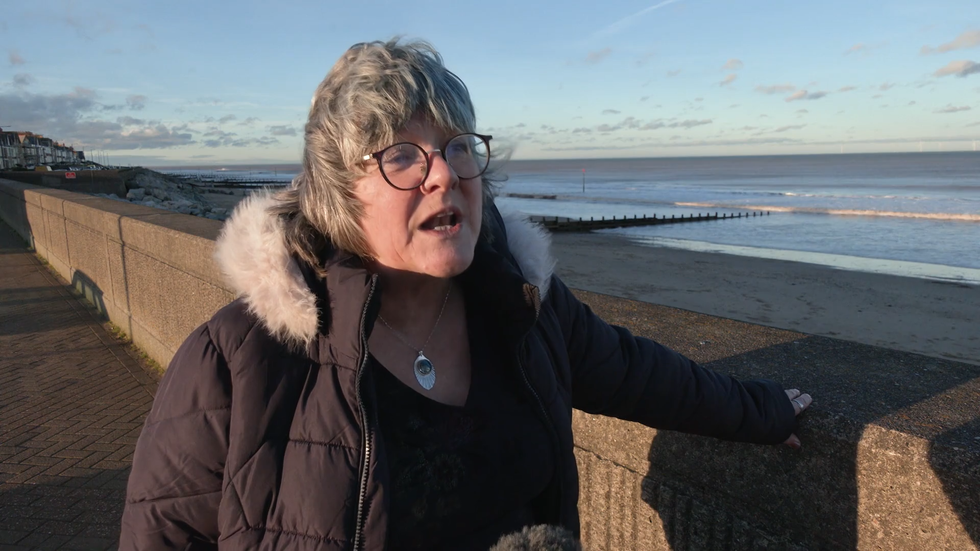
Lynn Massey-Davis is a campaigner for South Holderness GDF Action
|GB News
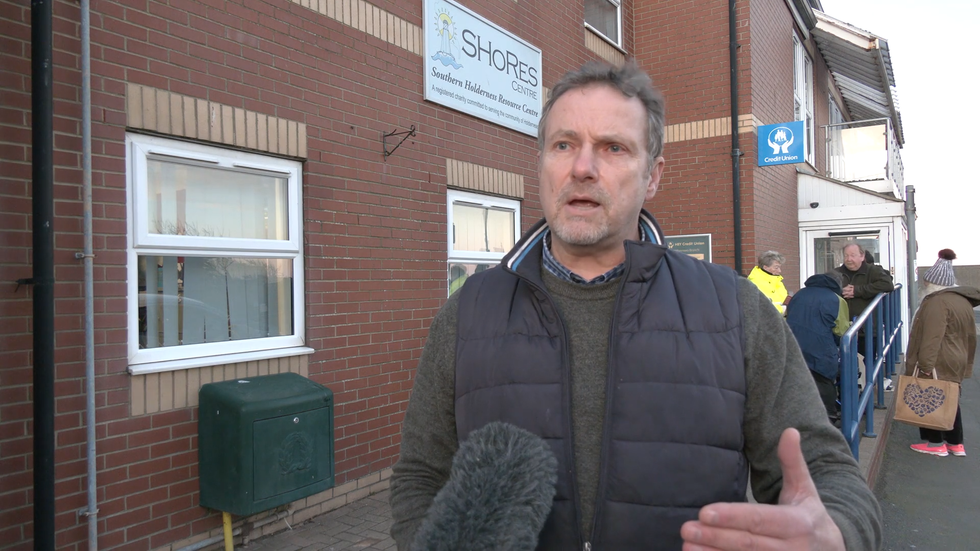
Jon Dimberline told GB News: 'It could be good if it had the right control'
|GB News
The South Holderness Working Group is set to run for the next six to nine months. East Riding Council is one of its members and it is tasked with providing information to people in the area and researching locations for the GDF.
It would be followed by a Community Partnership running for up to five years and begin looking at potential sites, continuing with community engagement and releasing investment funding. If the project progresses, between 10 to 15 years from now sites would be investigated, detailed plans would be drawn up and a final decision would be taken.
Construction would then take place and the facility would begin its operational life, spanning the best part of two centuries, with the overall cost for a GDF ranging from between £20billion to £53billion.
Similar facilities are currently planned or are being built in Finland, Sweden, France, Switzerland and Canada.


